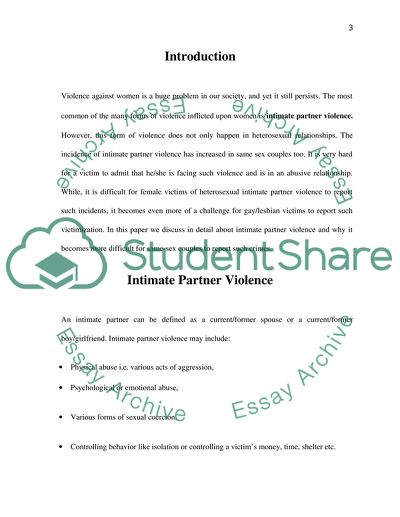Cite this document
(Disparities in Reporting Between Traditional and Same Sex Couples Research Paper, n.d.)
Disparities in Reporting Between Traditional and Same Sex Couples Research Paper. Retrieved from https://studentshare.org/gender-sexual-studies/1742914-disparities-in-reporting-between-traditional-and-same-sex-couples
Disparities in Reporting Between Traditional and Same Sex Couples Research Paper. Retrieved from https://studentshare.org/gender-sexual-studies/1742914-disparities-in-reporting-between-traditional-and-same-sex-couples
(Disparities in Reporting Between Traditional and Same Sex Couples Research Paper)
Disparities in Reporting Between Traditional and Same Sex Couples Research Paper. https://studentshare.org/gender-sexual-studies/1742914-disparities-in-reporting-between-traditional-and-same-sex-couples.
Disparities in Reporting Between Traditional and Same Sex Couples Research Paper. https://studentshare.org/gender-sexual-studies/1742914-disparities-in-reporting-between-traditional-and-same-sex-couples.
“Disparities in Reporting Between Traditional and Same Sex Couples Research Paper”, n.d. https://studentshare.org/gender-sexual-studies/1742914-disparities-in-reporting-between-traditional-and-same-sex-couples.


